Sylvania High pressure sodium-vapour lamps
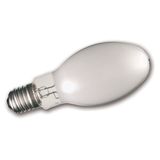
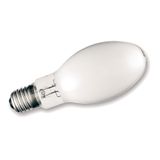
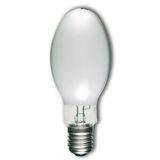

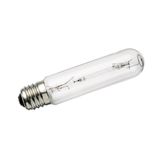
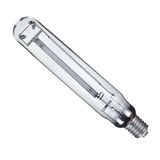
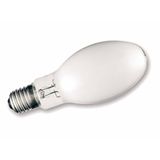
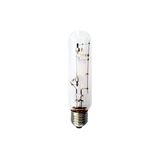
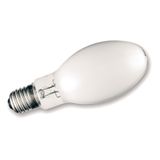
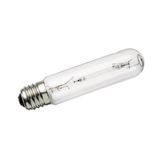

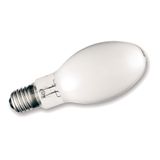
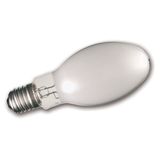
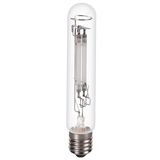
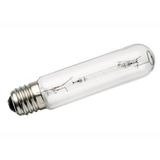
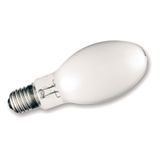
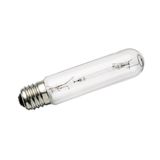
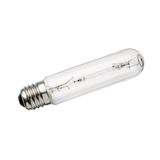
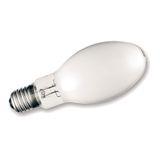


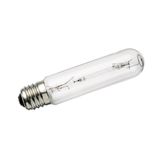

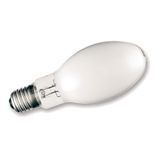



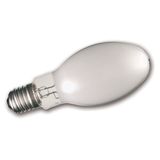

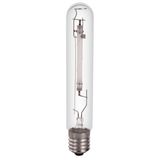


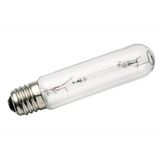

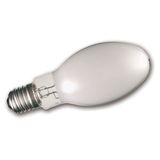

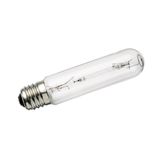
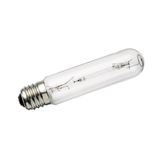
sylvania high pressure sodium lamps for municipal and industrial grids
High-intensity discharge remains a practical choice where long throws, harsh weather, and tight maintenance windows drive design. With stable optics and predictable gear, crews can meet PDI targets without oversizing poles or cabling. Typical metrics: 50–1000 W families, 2000 K correlated colour temperature, CRI ≈20–25, efficacy 95–150 lm/W depending on wattage class, warm-up ≈3–5 min, hot restrike with correct ignitor. For estates migrating in phases, planners keep one holder series (E27/E40, RX7s where applicable) and standard gear sets so sylvania high pressure sodium lamps stay interchangeable across regions.
sylvania hps lamps product range and series overview
Single-ended tubular and elliptical envelopes cover streets, yards, tunnels, and high-mast areas. Clear versions maximise centre-beam intensity for long spacing; coated bulbs soften cutoff in residential zones. Rated lives of 16,000–32,000 h are typical (to maintenance thresholds), with lumen maintenance plans that recognise early-life rise then gradual depreciation. Ballast families include magnetic CWA/ANSI types and electronic HID units for tighter current and dimming. In tenders naming sylvania hps lamps, spec sheets should lock base type, nominal lamp voltage, and the ignitor topology to keep spares simple.
sylvania sodium vapour lighting technical specifications and standards
Electrical behaviour is defined by lamp voltage and current at end of life—size gear to that point, not only at nominal. Ignitors require 2–5 kV pulses with energy and cable-length limits; superimposed units sit at the ballast, series types live in the lampholder branch. Surge levels of 4–6 kV L-N are common for outdoor lines. Compliance references: IEC 62035 (discharge lamp safety), IEC 60061 (caps), IEC/EN 61347 and 60927 (ballasts/ignitors), EN 55015 and EN 61000-3-2 (EMC/harmonics), EN 62471 (photobiological assessment). Luminaires must retain UV shields and fragment control where specified for sylvania sodium vapour lighting fixtures.
sylvania industrial sodium lamps applications and compatibility
Logistics yards, port aprons, refineries, and process bays use narrow or asymmetric optics to lift horizontal illuminance while controlling spill. Mounting heights run 8–35 m; pole sway and vibration call for secure lampholder torque and anti-vibration hardware. Thermal paths must clear heat at gear trays; keep gaskets clean to prevent cycling. In mixed estates, engineers standardise gear per zone so sylvania industrial sodium lamps share ballast curves, ignitor leads, and surge protection without ad-hoc fixes.
sylvania street lighting lamps integration with other Sylvania products
Roadway heads pair the source with optical engines tailored to carriageways, cycle lanes, and footpaths. Photoelectric cells and astronomical timers provide dusk/dawn; motion or traffic sensors can trim late-night levels via ballast dimming where permitted. For tunnel segments, addressable monitoring sits upstream to log burn hours and switching. When specs mention sylvania street lighting lamps, match reflector family, visor style, and IP/IK class to local codes, and keep spare kits (lamps, gaskets, lenses) aligned to the luminaire SKU.
sylvania roadway sodium lights selection guide for B2B clients
Start with lighting class (ME, CE, S, or local equivalent), then fix mounting height, outreach, and spacing. Choose lumen package and optic distribution first; select wattage to meet target illuminance and uniformity with the fewest poles. Confirm ballast type (magnetic vs electronic), ignitor location, and permissible dimming steps. Record end-of-life lamp voltage for gear sizing. Where glare limits are tight, coated bulbs reduce peak intensity. Procurement that labels sylvania roadway sodium lights by base, wattage, CCT, and optic keeps maintenance fast and avoids mismatched beams.
sylvania high output sodium bulbs advantages of working with Bankoflamps
We align B2B pricing to road and yard schedules and expose live EU stock before closures are booked. Quotes arrive in about an hour with EAN/MPN so variants stay locked. Your portal shows lead times, shipment status, and downloadable price lists with validity windows sized for multi-phase works. Approved accounts can use post-payment up to 30 days. We consolidate partials to cut freight, and your account manager cross-checks base type, ballast/ignitor pairing, surge level, optic family, gasket sets, and mounting hardware so cartons land site-ready for sylvania high output sodium bulbs projects.
Technical notes for engineers
- Electrical: 220–240 V systems; magnetic CWA or electronic HID ballasts; superimposed/series ignitors 2–5 kV; declare cable lengths.
- Photometric: 2000 K CCT, CRI ≈20–25; efficacy 95–150 lm/W; lumen depreciation managed by relamp at planned thresholds.
- Operation: warm-up ≈3–5 min; hot restrike per gear; ambient −25…+50 °C with ventilated housings.
- Mechanical: E27/E40 or RX7s caps; verify spring force and contact resistance at service.
- EMC and safety: EN 55015/61000-3-2; IEC 62035; maintain shields and lenses for containment.
Applications and compatibility
Residential streets prefer coated envelopes for comfort; arterials and motorways take clear lamps with tight cut-off; yards and masts use asymmetric reflectors and higher surge levels. Tunnels need rapid recovery strategy and uniform luminance across portals. For hybrid estates mixing LED, recalc MCB curves and inrush; keep sodium circuits on contactors sized for ballast peaks. Cross-category tip: pair with Sylvania luminaires and control gear to keep holders, optics, and monitoring consistent across the network.
Integration with Sylvania systems
Electronic ballasts with DALI/0–10 V dim inputs enable night-setback profiles and run-hour logging; photocells coordinate with central CMS where used. Accessory sets from Sylvania—glands, brackets, and visor kits—preserve IP/IK after service and keep optical aim repeatable.